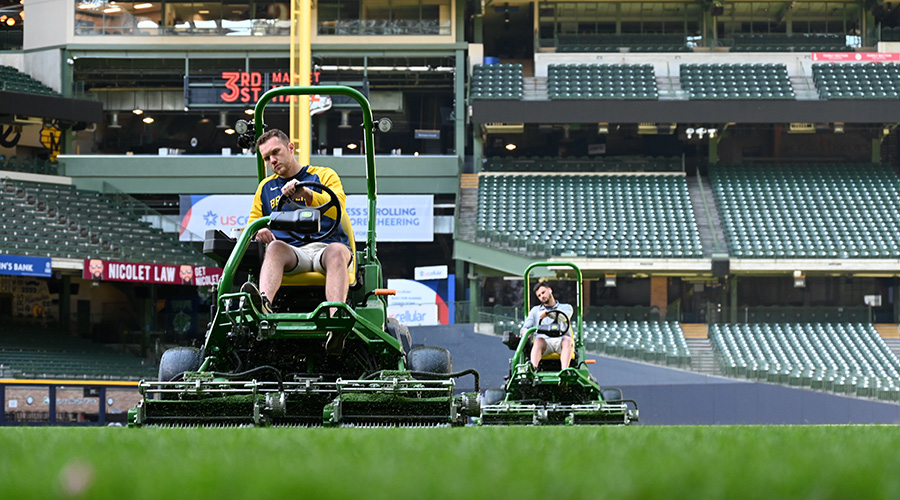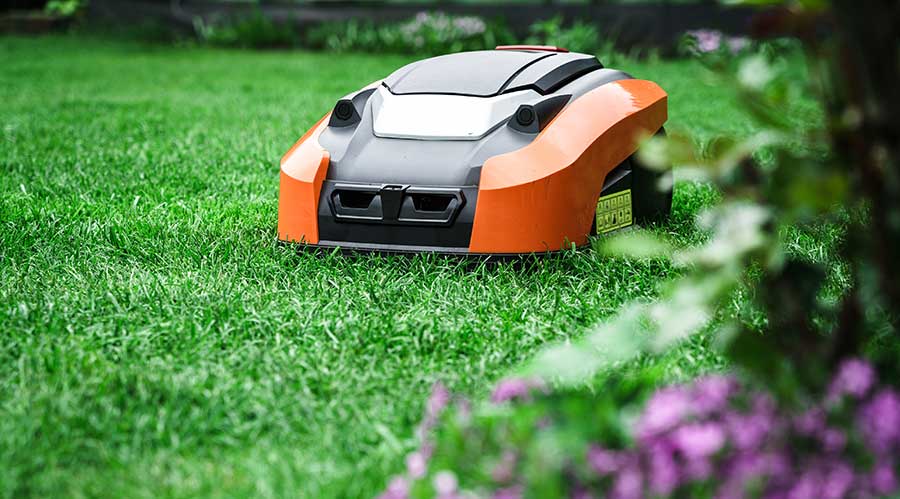Snow and Ice: Determining The Scope of Work
The snow industry defines scope of work as the service criteria — snow clearing, ice management, etc. — and specific areas to be serviced
Often confused with areas discussed in LOS, the snow industry defines scope of work (SOW) as the service criteria — snow clearing, ice management, etc. — and specific areas to be serviced. It also can include any issues that might impact the execution of service, such as poor site drainage, slopes, and hills.
Essential elements of the SOW checklist include:
• site square footage, including parking lots and sidewalks
• a site engineering plan outlining boundaries, priorities and snow stacking locations
• acceptable services, including plowing, deicing, and anti-icing
• deicing material restrictions, such as no chloride
• permissions related to onsite staging of equipment and materials and whether the manager requires dedicated equipment on site.
Many nuances and site-specific variables come into play, and this is the time to consider them. Managers need to address such issues as preseason damage, type of facility, overall volume of patrons, asphalt vs. concrete — as well as various compositions/ages — shared walkways, and local snow removal stipulations.
Risk management
In the last 15 years, risks related to slip and fall liability have risen. This trend continues and should be a key consideration for managers. Outsourcing snow and ice removal to professional contractors can transfer some risk from the organization, but quality contractors will seek a partner who reasonably shares and distributes risk.
Organizations that handle the work in-house essentially assume the risk. Either way, the assessment should involve the process and collection of service information, insurance requirements, and contractual requirements.
Key considerations in this area include:
• site verification and documentation requirements — time services occurred, nature of the service, amount of deicer applied, before and after photos, etc.
• technology requirements and components — GPS tracking of equipment and timestamps, logging service via an app, etc.
• preseason damage assessment
• the process for scope or service change request in a written format
• use of caution signs for key areas and a definition of who is responsible for placing them.
If managers decide to outsource and sign a contract, considerations include:
• fee structures clearly identified — per season, per event, etc.
• contractors’ fee modifiers, including caps and floors
• payment and billing procedures related to readiness and preparedness, as well as cessation of services
• clear and concise language on slip-and-fall liability, property damage, and non-compliance
• language related to the fair and real-world shared risk management between business partners.
The trend in the last decade has been to transfer a great deal of risk to snow and ice management professionals and service providers. The reaction to that trend is now clear. Insurance for snow removal is more expensive and more difficult to find, and in certain states, grassroots movements to change that already have been successful.
Several states, including Illinois, New Hampshire, and Colorado, have enacted legislation that potentially protects snow contractors from some liability. A reasonable effort and partnership is the only long-term solution that enables more innovation, a smaller environmental impact, and more trust in snow and ice management.
Related Topics:














